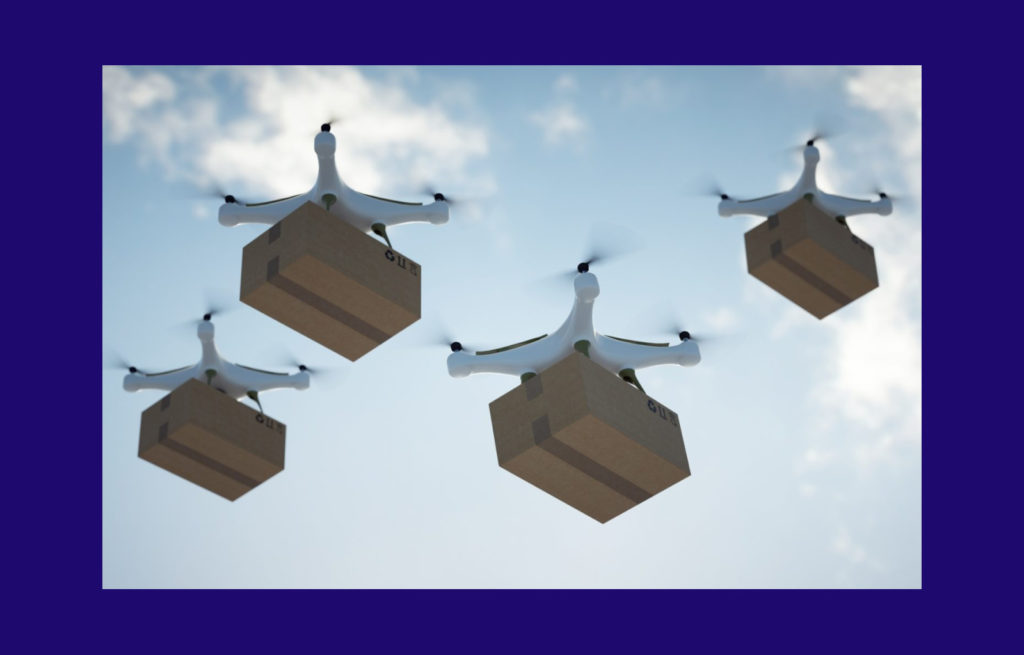4 lessons from creating Disaster Recovery Plans
Prior to joining Spyrosoft, I was Chief Information Officer for a Group of companies that employed approximately 2000 users across 10 UK locations. In early March, when the Covid-19 pandemic was sweeping Europe, the Group’s CEO asked me about the possibility of moving all users from being office-based to home-based.
Like all good CIO’s/CTO’s/IT Director’s, I said, of course, we could deliver it and immediately began work reviewing the Group DR/BCP plans, speaking to our Head of Infrastructure, engaging the Divisional Business Heads etc.
Our approach to the remote working solution very quickly became clear, and using well-known technology services, including remote desktop (RDS which is similar to Citrix ), web services and Office 365, we formulated a plan to deliver services to a remote Business community.
Main challenges when creating this remote working solution
One area of challenge was the remaining on-premise servers/services we were still operating (we were mid-migration to hosted/cloud services) – though RDS allows excellent remote access to the services hosted on these servers, we were concerned about latency & concurrency, but we were also worried about infrastructure engineers both entering offices that were formally closed but also having their own concerns about travelling during lockdown. Though we were very successful in the delivery of core services to 2000 remote users (something that I am very proud to have been a part of), there are a number of lessons that I have taken away and would recommend to anyone.
Four advises to initiate Disaster Recovery or Business Continuity Plans
1. It is very important to have a well-structured and documented Disaster Recovery & Business Continuity plan (DR/BCP), but this plan, and the delivery of this plan, must be flexible.
2. Wherever possible, begin your migration away from on-premise servers to either hosted services or, better still, cloud services. Cloud services in mid-2020 are a world away from what they were even 2 years ago and are more secure, more flexible and more performant.
3. If possible, review your legacy applications. In general, applications that are running on more recent code bases and solutions will perform better in a cloud and web-environment. It is also easier to support applications where technical debt has been removed, and support for more common code and applications is more readily available
4. Communication is king – the link between IT/Technology and the Business must be open, positive and 2-way. If this communication channel is open and engaging, everyone will benefit.
Wrapping up
I look back on the piece of work we did where 2000 users were moved from office-based to home-based in ~72 hours with great pride in what the team achieved and how technology services carried on for the benefit of Clients, Customers and internal Users. I also hope we never have to deal with a pandemic again, but I am also realistic in knowing that denials of entry and data centre outages will occur, so we all must be ready to allow Technology to support Business in whatever form it needs.
If you would like some help or advice in understanding or reviewing your DR/BCP challenges, your migration to Cloud services or your removal/upgrade of legacy applications, please get in touch on LinkedIn.
About the author




